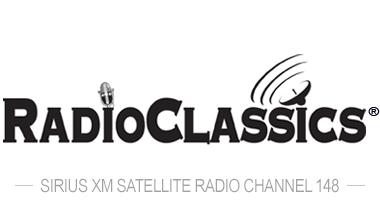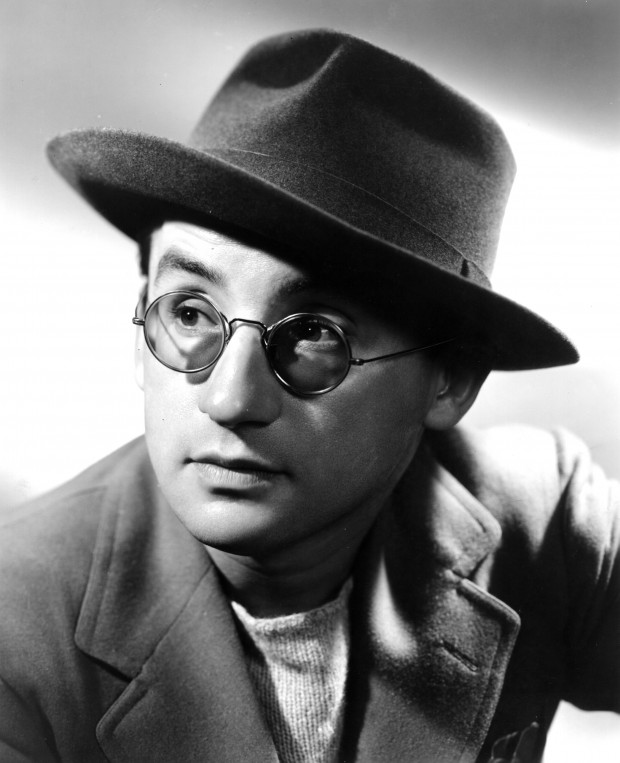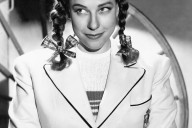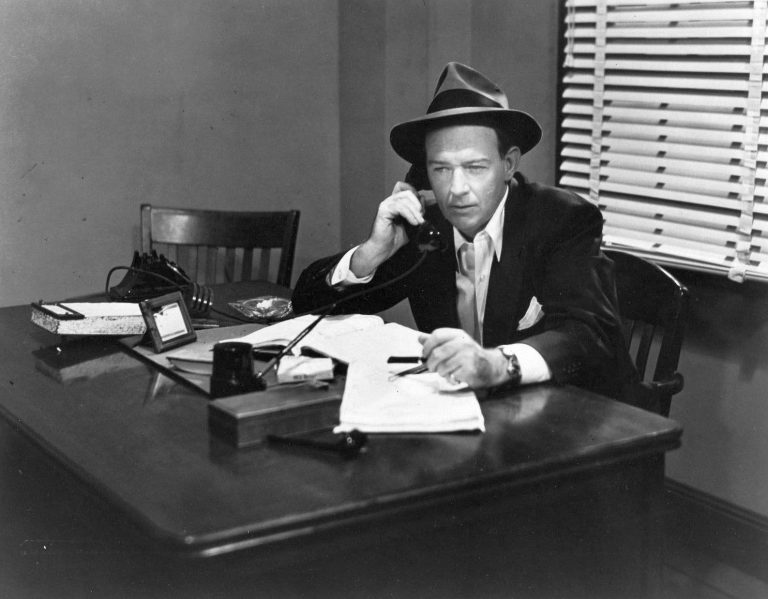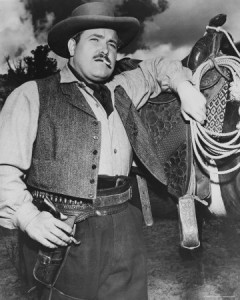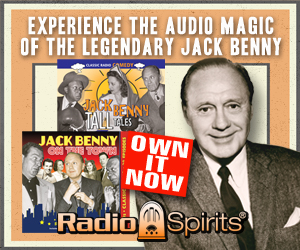By Ivan G Shreve Jr
In the early years of Radio’s Golden Age, those individuals who worked in radio discovered fairly quickly that the medium was ideal for presenting horror tales—listeners reveled in stories guaranteed to raise goosebumps on arms and hair on the backs of necks. It began with offerings like The Witch’s Tale and The Hermit’s Cave, and expanded in the 1940s to programs like Inner Sanctum Mysteries and The Mysterious Traveler. Even prestigious programs like The Mercury Theatre on the Air (“The War of the Worlds”) and Suspense (“The House on Cypress Canyon”) presented the occasional spine-tingling tale, as did the later Escape (“Three Skelton Key”) and X-Minus One (“Mars is Heaven”).
Lights Out—which premiered over NBC on this date in 1935—was one of the earliest and longest-running of the “spook shows.” Its origins can be traced to a NBC staffer named Wyllis Cooper, who created, wrote, directed, and produced the series for Chicago’s WENR. A quarter-hour show when it debuted in January of 1934, Lights Out soon became so popular that it was expanded to a half-hour in April and, a year later, went coast-to-coast on NBC. Because Lights Out was usually presented around 11:30pm or midnight (and in some instances after midnight), the show’s memorable opening referenced its “midnight hour” timeslot: “This is the witching hour! It is an hour when dogs howl, and evil is let loose on the sleeping world. Want to hear about it? Then turn out your lights!”
Lights Out’s Chicago origination meant that some of the Windy City’s finest radio actors collected a paycheck for appearing on the show, including Harold Peary, Willard Waterman, Mercedes McCambridge, Arthur Peterson, Macdonald Carey, and Betty Winkler. But the prestige of the program was such that even a Hollywood horror icon like Boris Karloff could be lured in front of the microphone to participate in a half-hour of mayhem. Complementing the tales of terror was the show’s novel use of sound effects: spare ribs snapped with a pipe wrench allowed listeners to visualize human bones being broken, and bacon in a frying pan conveyed a realistic impression of someone being electrocuted. After two years of frightening listeners, Cooper answered the siren song of Hollywood (he contributed to the screenplay of Son of Frankenstein, among others)—but on his return to radio in the 1940s, demonstrated that he could still create first-rate horror with the underrated Quiet Please in 1947.
NBC handed the Lights Out baton to Arch Oboler, a promising network scribe who plied his trade on such programs as Grand Hotel and The Irene Rich Show. Oboler later admitted in an interview that he really wasn’t much of a fan of horror: “I wrote about the terror we each have in us,” he explained. “The woman who let us down, the man who left us, the boss we hated, the opportunity that we missed, the monsters within each of us.” But Arch quickly reasoned that accepting the assignment would allow him freedom from both sponsor interference and the censorship battles he constantly engaged in with NBC’s “suits.” His first play for Lights Out was a doozy: “Burial Services,” the disturbing tale of a young girl unable to communicate to her family that she’s still alive as she’s being lowered into her final resting place. The episode generated so much controversy that the National Broadcasting Company purportedly received 50,000 letters of complaint. Oboler was on his way.
Wyllis Cooper may have created Lights Out, but for many Arch Oboler is the man that comes to mind when the show is discussed. Much of this has to do with the fact that many more of Oboler’s broadcasts have survived than Cooper’s…but one also cannot discount that many of Arch’s plays remain in the memory many years after their original presentation. There’s “Cat Wife,” with Boris Karloff as a cuckolded husband whose wife is inexplicably transformed into a humongous feline. There was “Revolt of the Worms,” in which an experimental growth formula is tossed out into the backyard by a careless scientist…and you can probably guess from the title what happens next.
Even those people who’ve never heard “Chicken Heart” (sadly, the original recording did not survive) know the plot of the titular organ who just grew and grew (and GREW) until it consumed the world, thanks to a classic Bill Cosby comedy routine. Oboler kept Lights Out listeners chillingly entertained for two years before deciding to concentrate on propaganda plays (via Arch Oboler’s Plays and Everyman’s Theatre) attacking the real monster in the world: Adolf Hitler. Various NBC staffers kept Lights Out going until it left the airwaves on August 16, 1939.
Three years later—with a bank account depleted by the uncomfortable fact that saving the world doesn’t always put groceries on the table—Arch Oboler resurrected Lights Out on October 6, 1942 for Ironized Yeast. Lights Out’s opening was a little lighter (with a gong that struck between each syllable of “It…is…later…than…you…think…”) and many of its tales were recycled versions of previous broadcasts from the show’s earlier 1930s run (“State Executioner,” “Oxychloride X”). Long before Iron Eyes Cody shed a tear because careless motorists were dumping trash out of their car windows, Oboler was fully committed to recycling. In fact, when Lights Out was resurrected during the nostalgia boom of the 1970s as The Devil and Mr. “O,” Arch simply reedited and retitled his earlier plays to convince fans they were listening to something new.
The 1942-43 version of Lights Out may have only lasted a single season…but, it’s the incarnation of the series with which most old-time radio fans are familiar, since a good many of its broadcasts were saved for future generations. There were three additional summer revivals of the program between 1945 and 1947 that featured input from creator Cooper, and Wyllis also had a hand in the live, small screen version of the show when it aired over NBC-TV from 1949-52. As for Oboler—he decided to give the flickers a try as well, directing such films as Bwana Devil (1952—the movie that kicked off the 3-D craze) and The Twonky (1953). Yet he never completely fell out of love with radio: a 1962 Capitol Records album, Drop Dead! An Exercise in Horror, introduced a new generation of horror fans to such classic Oboler frights as “The Dark” and “A Day at the Dentist’s.”
Copyright 2016 Ivan G Shreve Jr and RSPT LLC. All rights reserved.
